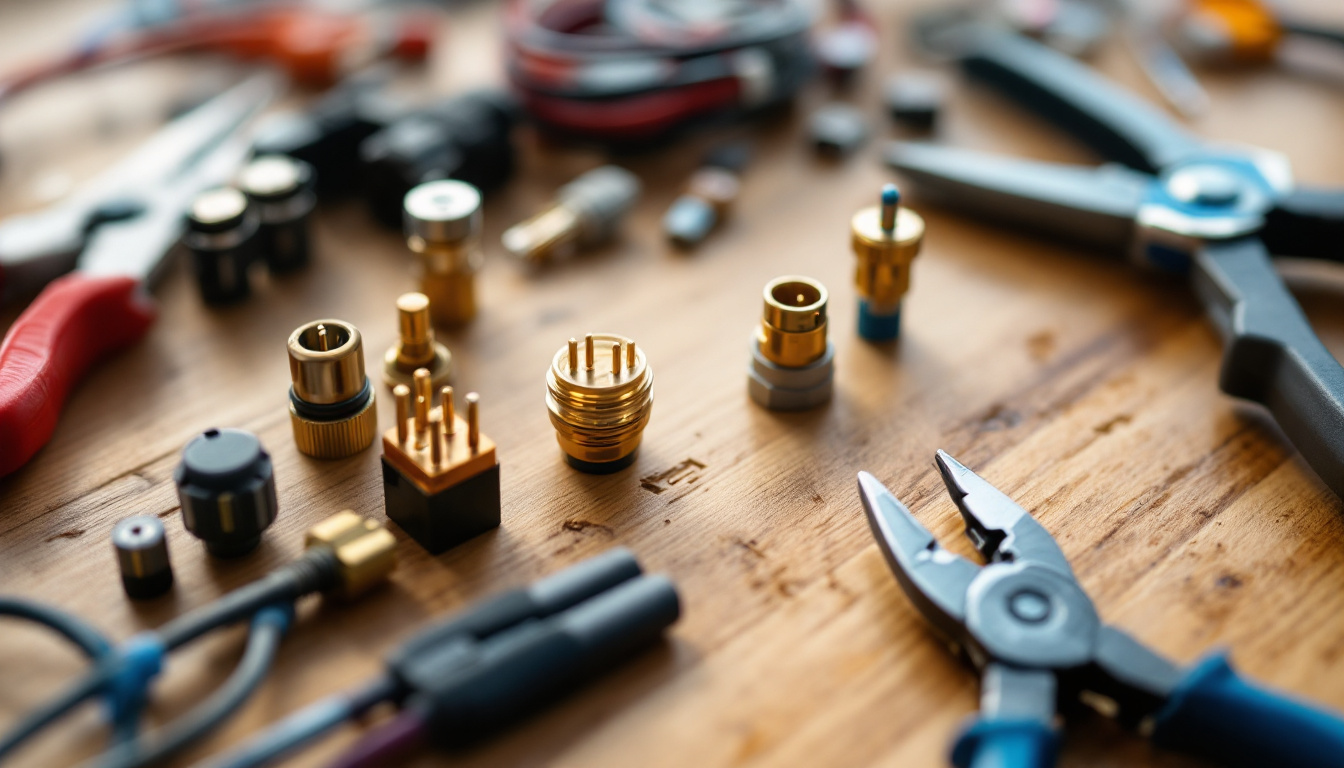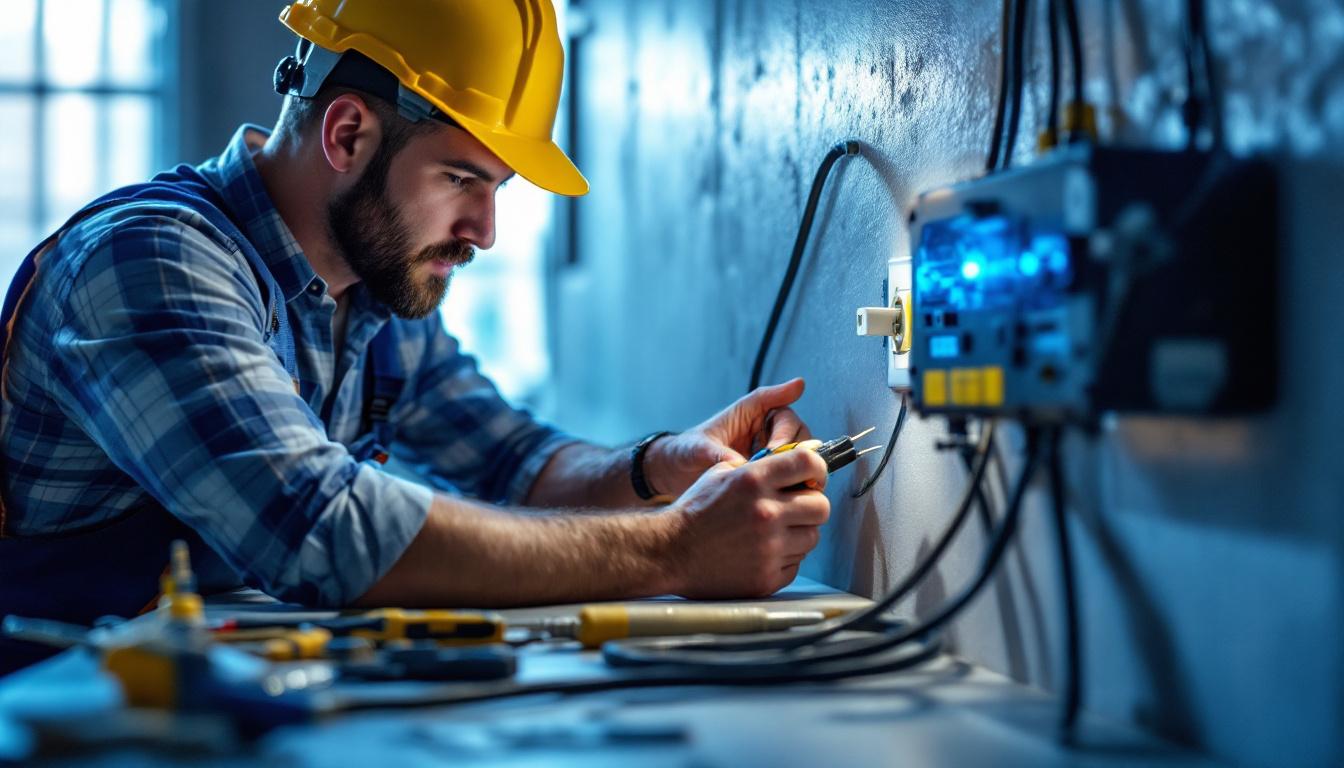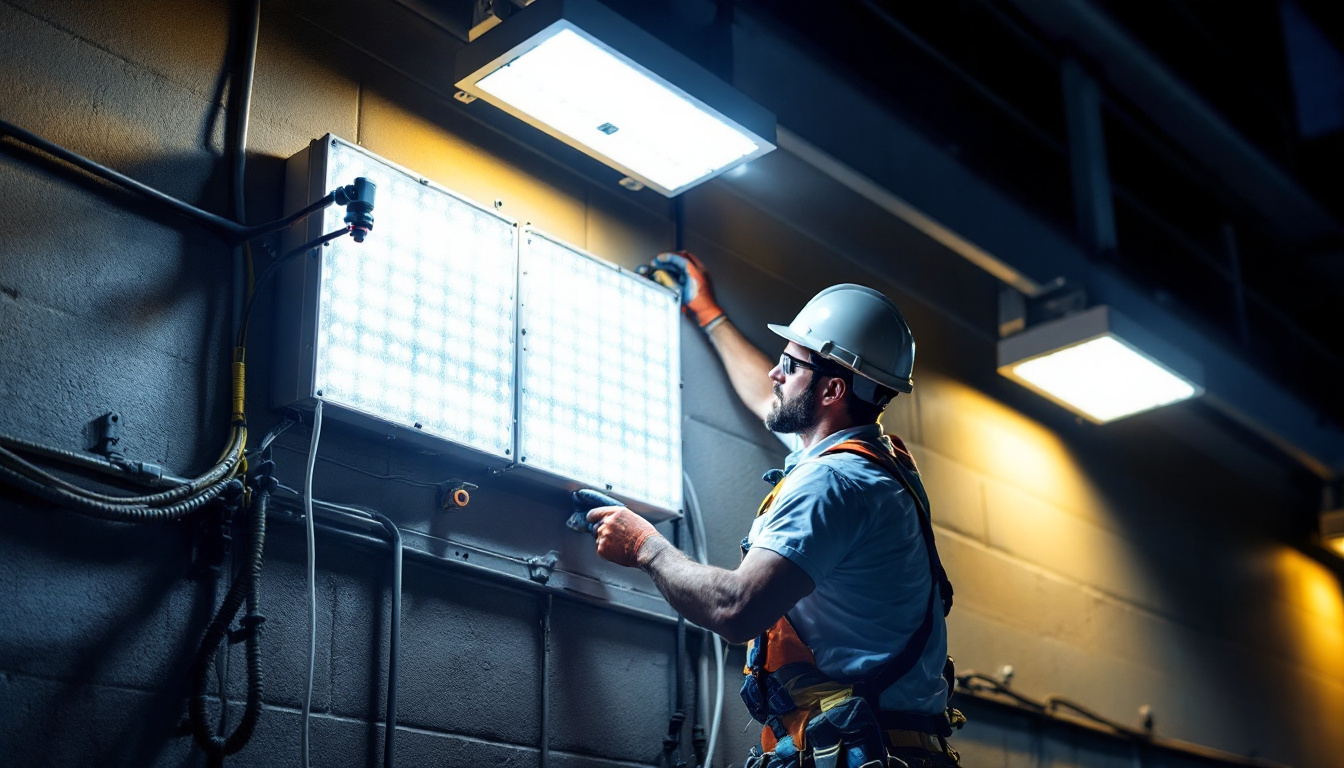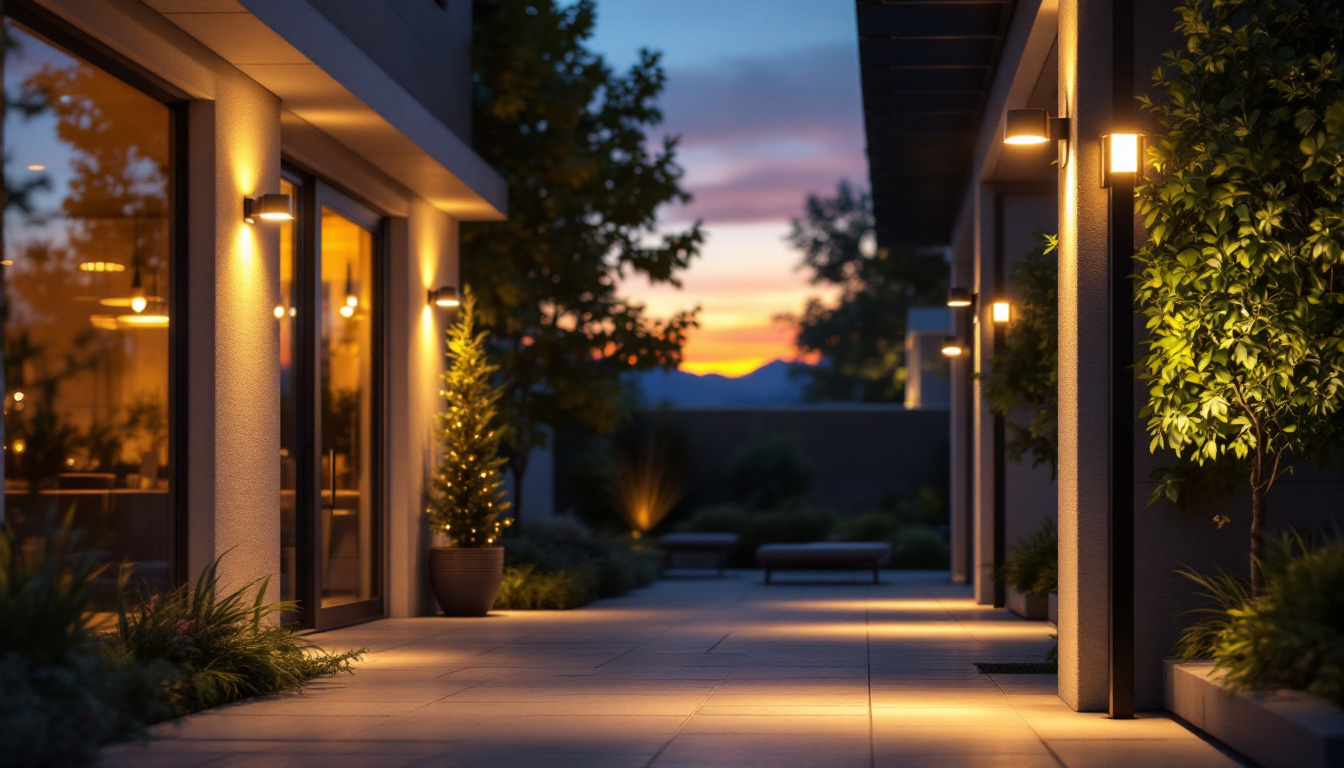
As a lighting contractor, understanding the intricacies of landscape wire connectors is essential for ensuring efficient and reliable installations. This ultimate guide delves into the various types of connectors available, their applications, and best practices for use in landscape lighting projects.
Landscape wire connectors are crucial components that facilitate the connection of electrical wires in outdoor lighting systems. They ensure that the electrical current flows seamlessly from the power source to the lighting fixtures, providing illumination for gardens, pathways, and other outdoor areas. Selecting the right connector can significantly impact the performance and longevity of the lighting installation. Properly installed connectors not only enhance the aesthetic appeal of outdoor spaces but also contribute to safety by minimizing the risk of electrical shorts and failures.
There are several types of landscape wire connectors, each designed for specific applications and environments. The most common types include:
When selecting a landscape wire connector, several factors should be considered:
Moreover, it’s important to consider the long-term maintenance of the connectors. Regular inspections can help identify any signs of wear or corrosion, particularly in connectors exposed to the elements. Investing in high-quality connectors may come with a higher upfront cost, but they often provide better durability and reliability over time. Additionally, some manufacturers offer warranties on their products, which can offer peace of mind and assurance of quality for your outdoor lighting projects.
Another aspect to keep in mind is the compatibility of connectors with various lighting technologies. As LED lighting becomes increasingly popular due to its energy efficiency and longevity, ensuring that your connectors are compatible with LED fixtures is essential. Some connectors are specifically designed to handle the lower voltage and current requirements of LED systems, which can further enhance the performance and lifespan of your outdoor lighting setup.
Proper installation of landscape wire connectors is vital for the safety and functionality of the lighting system. Following best practices can help ensure a successful installation.
Before connecting wires, it is essential to prepare them correctly. Start by stripping the insulation from the ends of the wires to expose the copper. The length of the exposed wire should be sufficient to make a secure connection without leaving too much bare wire exposed, which could lead to short circuits. Additionally, it is wise to inspect the wires for any signs of damage or corrosion before proceeding. Damaged wires can compromise the integrity of your lighting system, leading to potential failures or hazards down the line. Ensuring that your wires are clean and free from debris will also contribute to a more reliable connection.
When making connections, follow these steps:
Moreover, it is advisable to use connectors that are rated for outdoor use, as they are designed to withstand environmental factors such as UV exposure and temperature fluctuations. Selecting the right type of connector can significantly enhance the longevity of your lighting system and reduce maintenance needs over time. Always refer to the manufacturer’s specifications to ensure compatibility with your particular setup.
After installation, it is crucial to test the connections to ensure they are functioning correctly. Use a multimeter to check for continuity and make sure there are no shorts. This step can prevent future issues and ensure the lighting system operates as intended. Additionally, it may be beneficial to conduct a visual inspection of the entire wiring layout, checking for any loose connections or signs of wear. If possible, run the system for a few hours to observe its performance under load, as this can reveal any intermittent issues that may not be apparent during initial testing. Regular maintenance checks after installation can further ensure that your landscape lighting remains safe and effective over time.
Regular maintenance and troubleshooting are essential for the longevity of landscape lighting systems. Understanding common issues can help contractors address problems quickly and efficiently. A proactive approach not only enhances the performance of the lighting system but also ensures safety and aesthetic appeal in outdoor spaces.
Some common issues that may arise with landscape wire connectors include:
To keep landscape wire connectors in optimal condition, consider the following maintenance tips:
In addition to these tips, it’s beneficial to document the maintenance schedule and any repairs made to the landscape lighting system. This record can help identify recurring issues and inform future upgrades or replacements. Furthermore, educating clients about the importance of regular maintenance can foster better relationships and ensure they are more invested in the longevity of their landscape lighting systems. By promoting awareness of how environmental factors can affect their systems, contractors can empower clients to take an active role in maintaining their outdoor lighting, ultimately leading to enhanced satisfaction and prolonged functionality.
The landscape lighting industry continues to evolve, and so do the technologies associated with wire connectors. Innovations are making installations easier and more reliable.
Smart connectors are becoming increasingly popular, allowing for remote monitoring and control of lighting systems. These connectors can integrate with smart home systems, enabling contractors to offer enhanced functionality to clients.
With a growing emphasis on sustainability, eco-friendly wire connectors are being developed. These connectors use materials that are less harmful to the environment and are designed to last longer, reducing waste.
Landscape wire connectors are a fundamental aspect of any outdoor lighting installation. By understanding the different types available, following best practices for installation, and staying informed about innovations in the field, lighting contractors can ensure their projects are successful and meet client expectations.
Taking the time to choose the right connectors, install them properly, and maintain them regularly will lead to a more reliable and efficient lighting system. As the industry continues to evolve, staying updated on new technologies and practices will further enhance the quality of work provided to clients.
In summary, landscape wire connectors are not just a simple component; they are the backbone of a successful lighting project. By investing in quality connectors and adhering to best practices, lighting contractors can deliver exceptional results that stand the test of time.
Ready to elevate your landscape lighting projects with the highest quality connectors and lighting solutions? Look no further than LumenWholesale, where we provide contractors like you with spec-grade lighting products at unbeatable wholesale prices. Our commitment to cutting out the middleman means you enjoy superior products without the inflated markups, ensuring your installations shine with reliability and performance. Take advantage of our hassle-free bulk buying options and free shipping to get premium lighting at the best value. Don’t compromise on quality or price. Visit LumenWholesale today and experience the perfect blend of quality, affordability, and convenience for all your lighting needs.

Discover essential insights into electric plug-ins tailored for lighting contractors.

Discover the benefits and features of solar-powered motion detection lights in this comprehensive guide.

Discover the essentials of LED wall pack retrofitting in this comprehensive guide tailored for lighting contractors.

Discover how motion detection lights can revolutionize your outdoor lighting setup, offering enhanced security and significant energy savings.